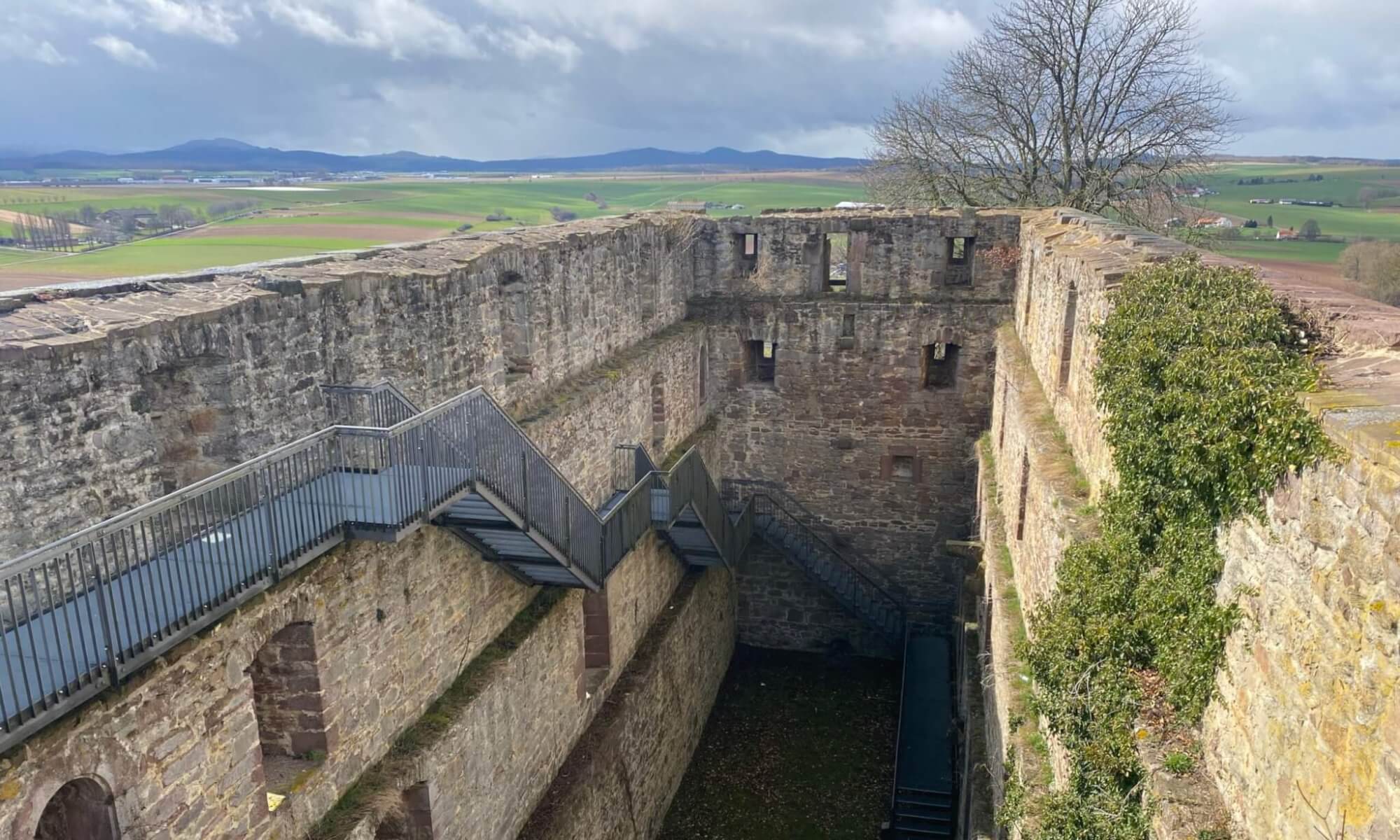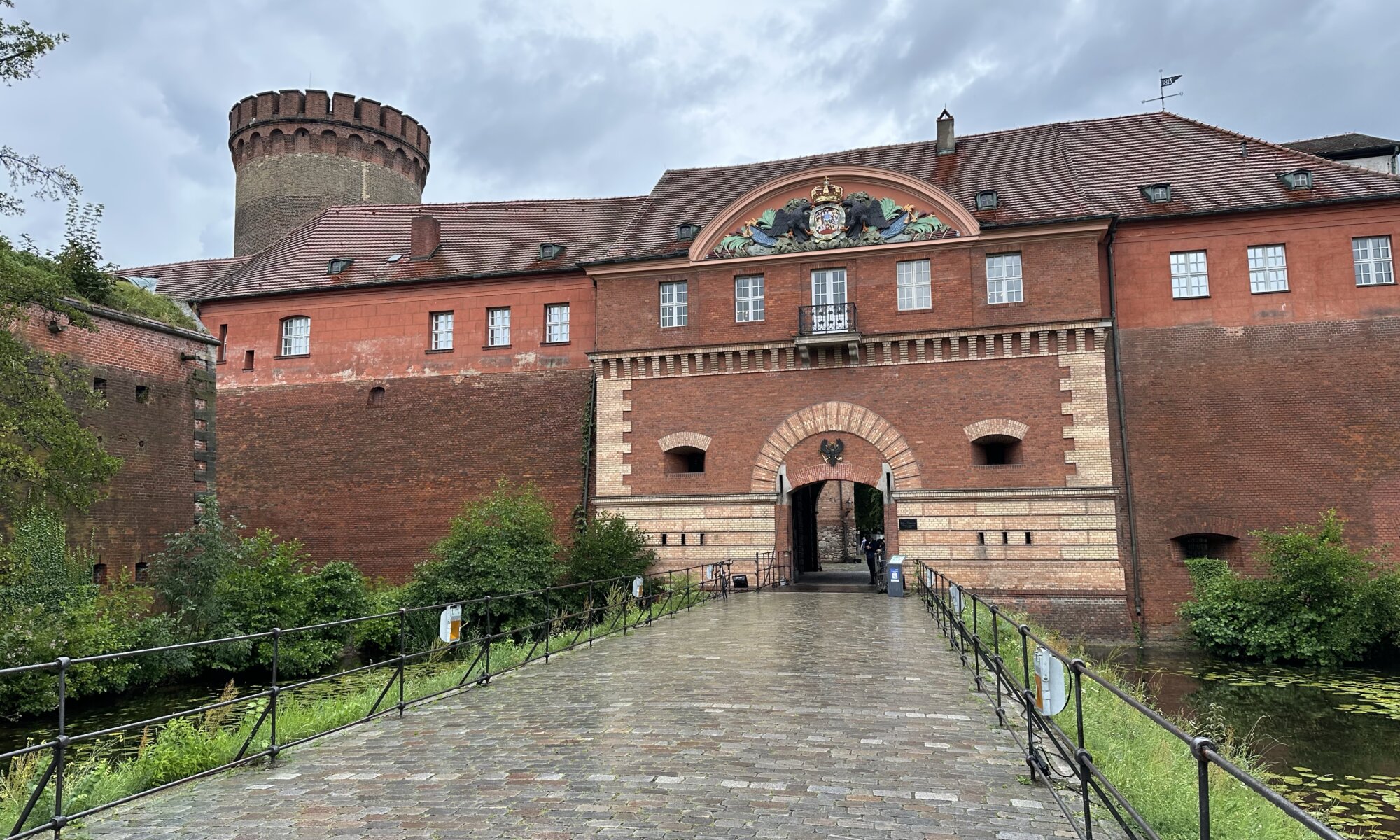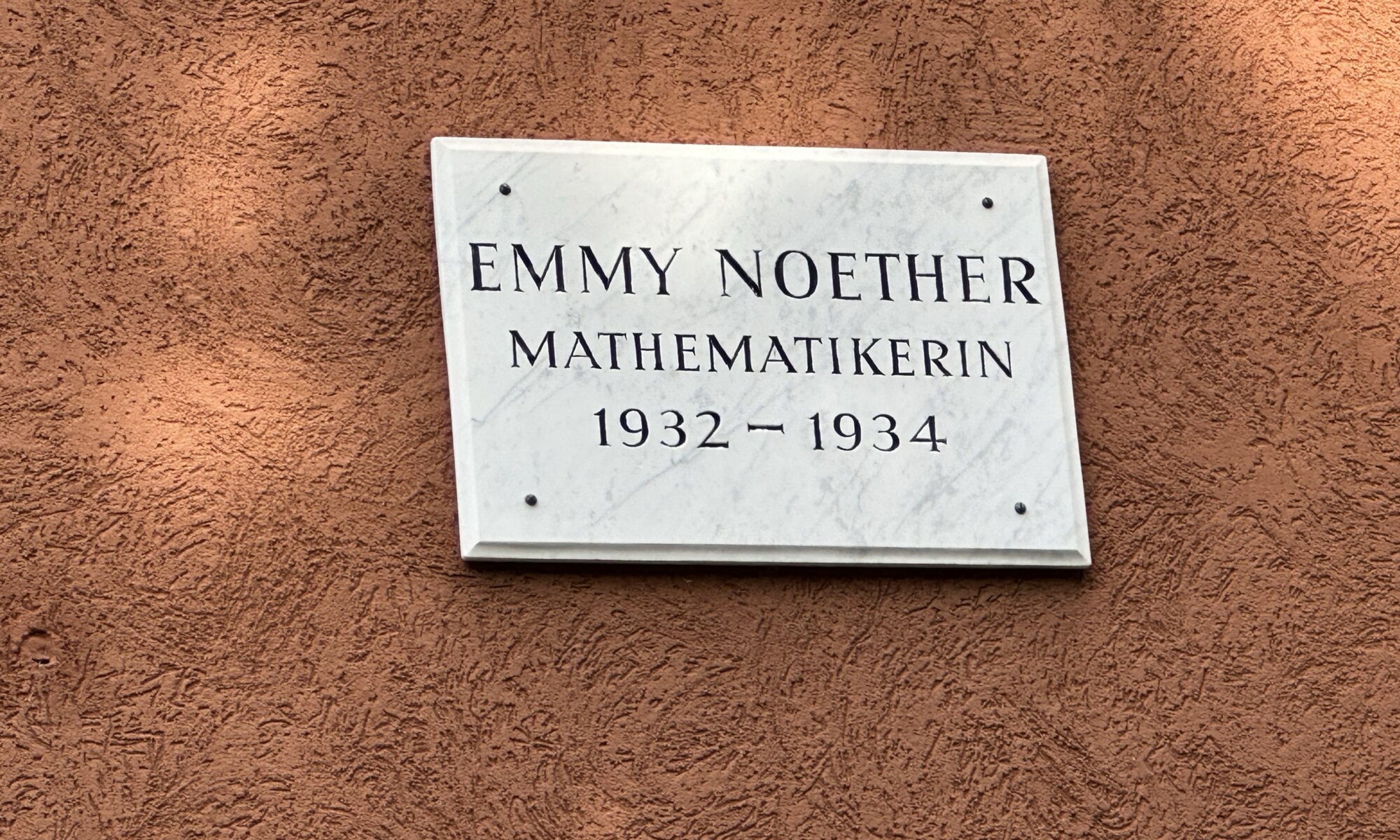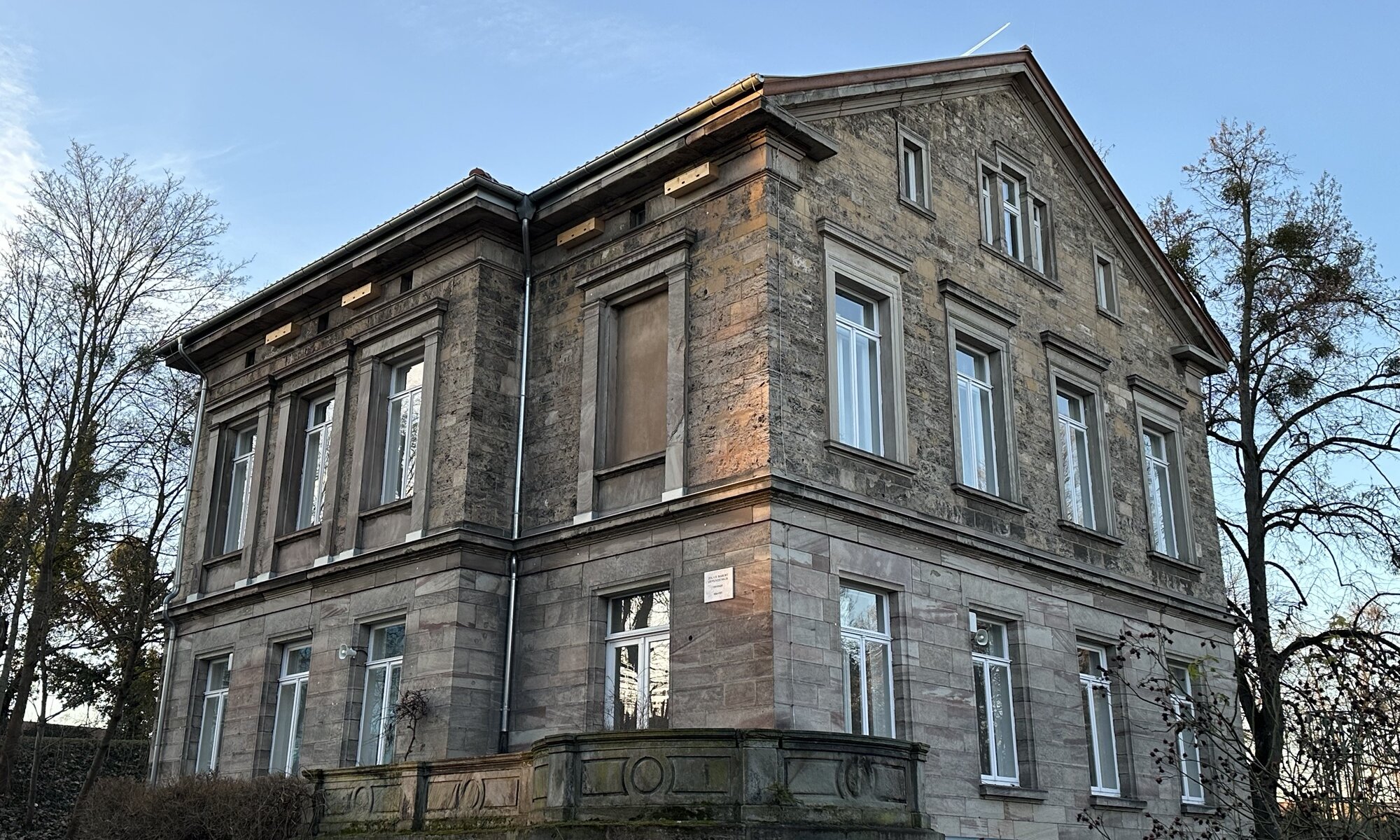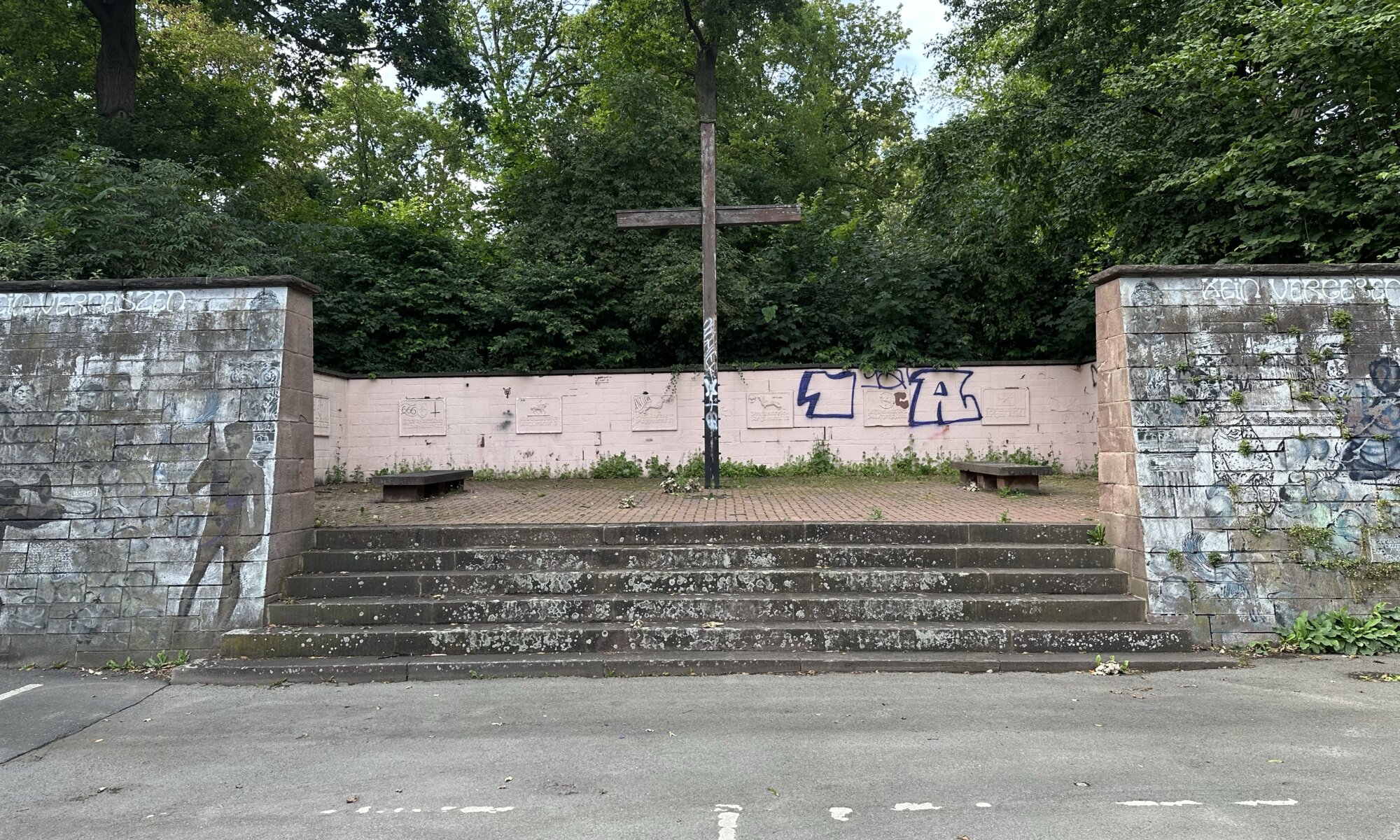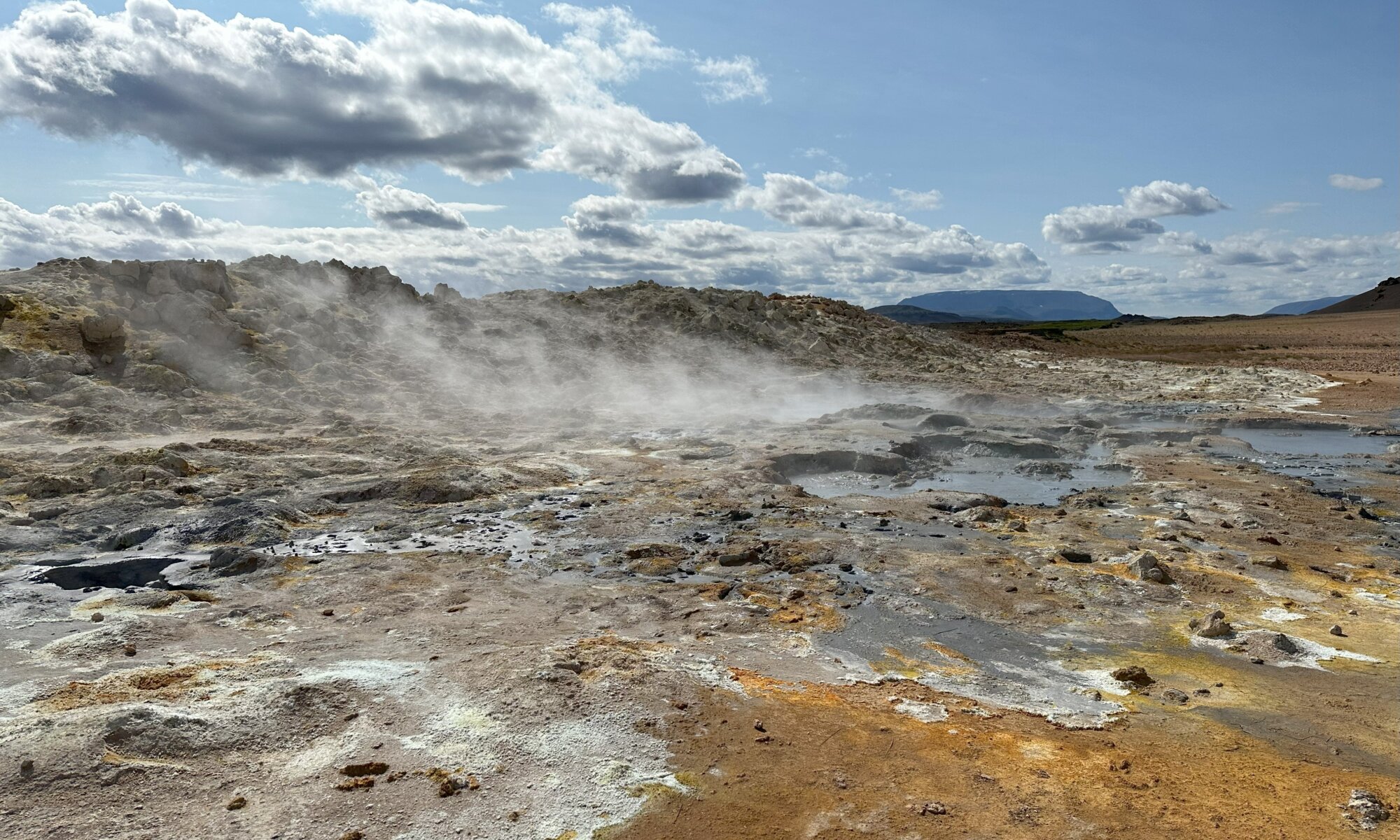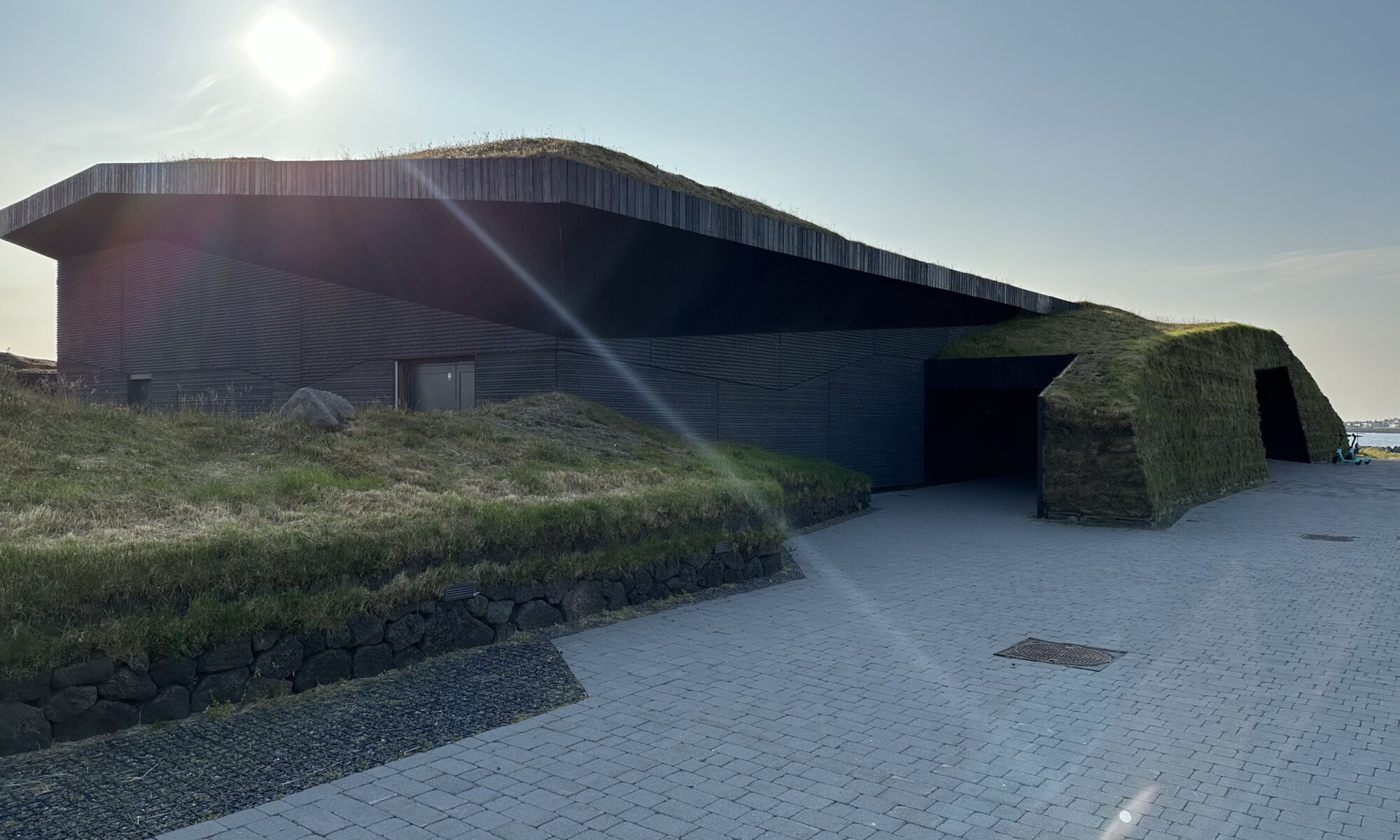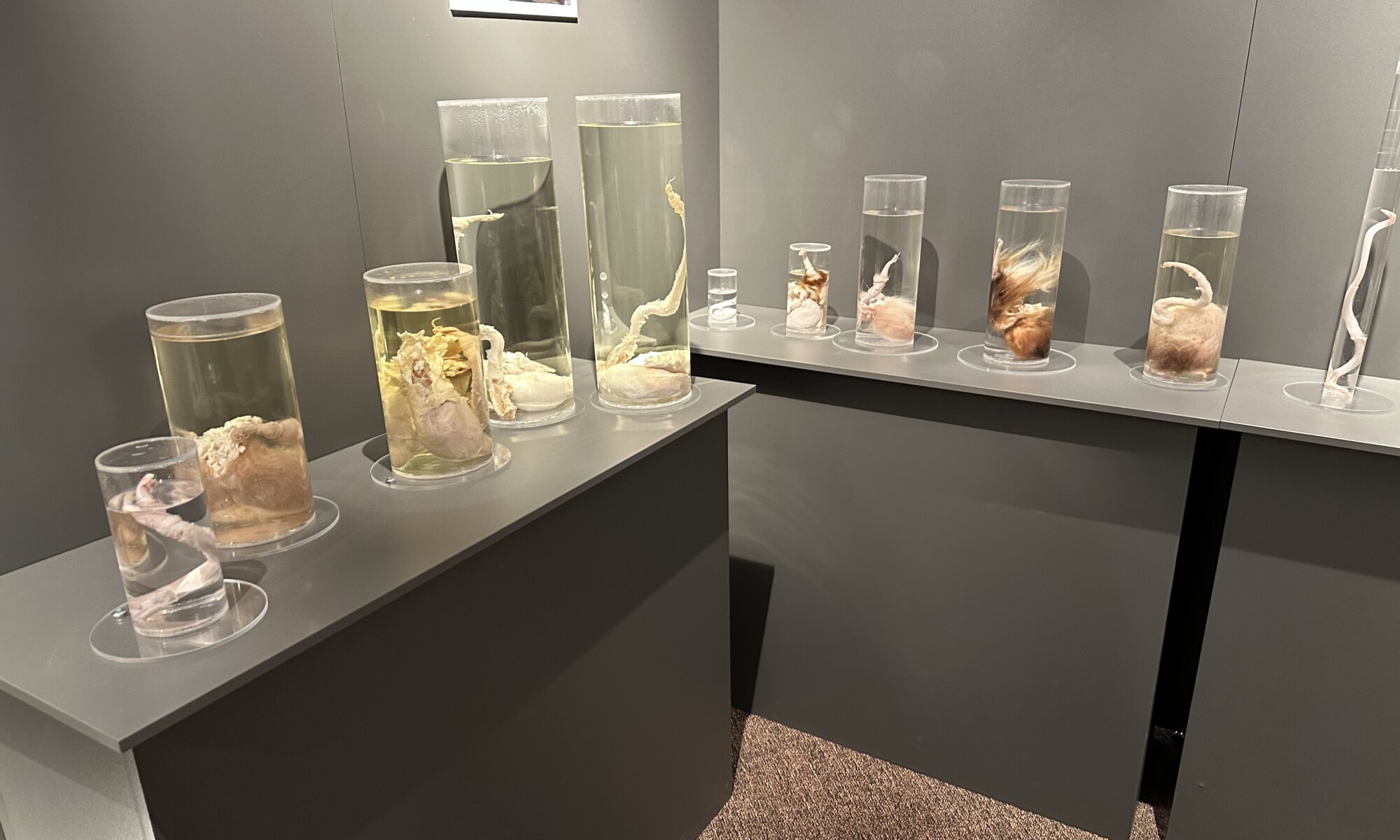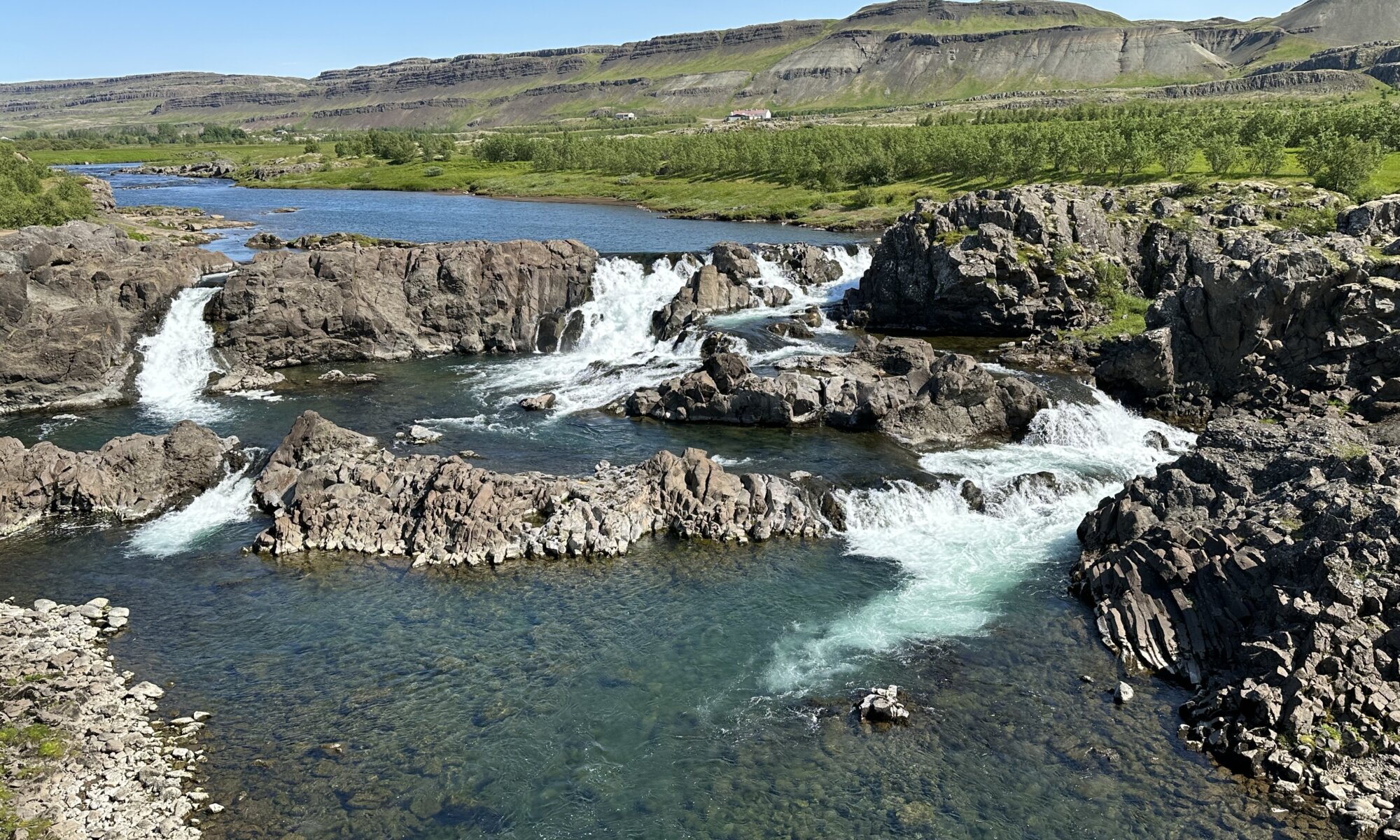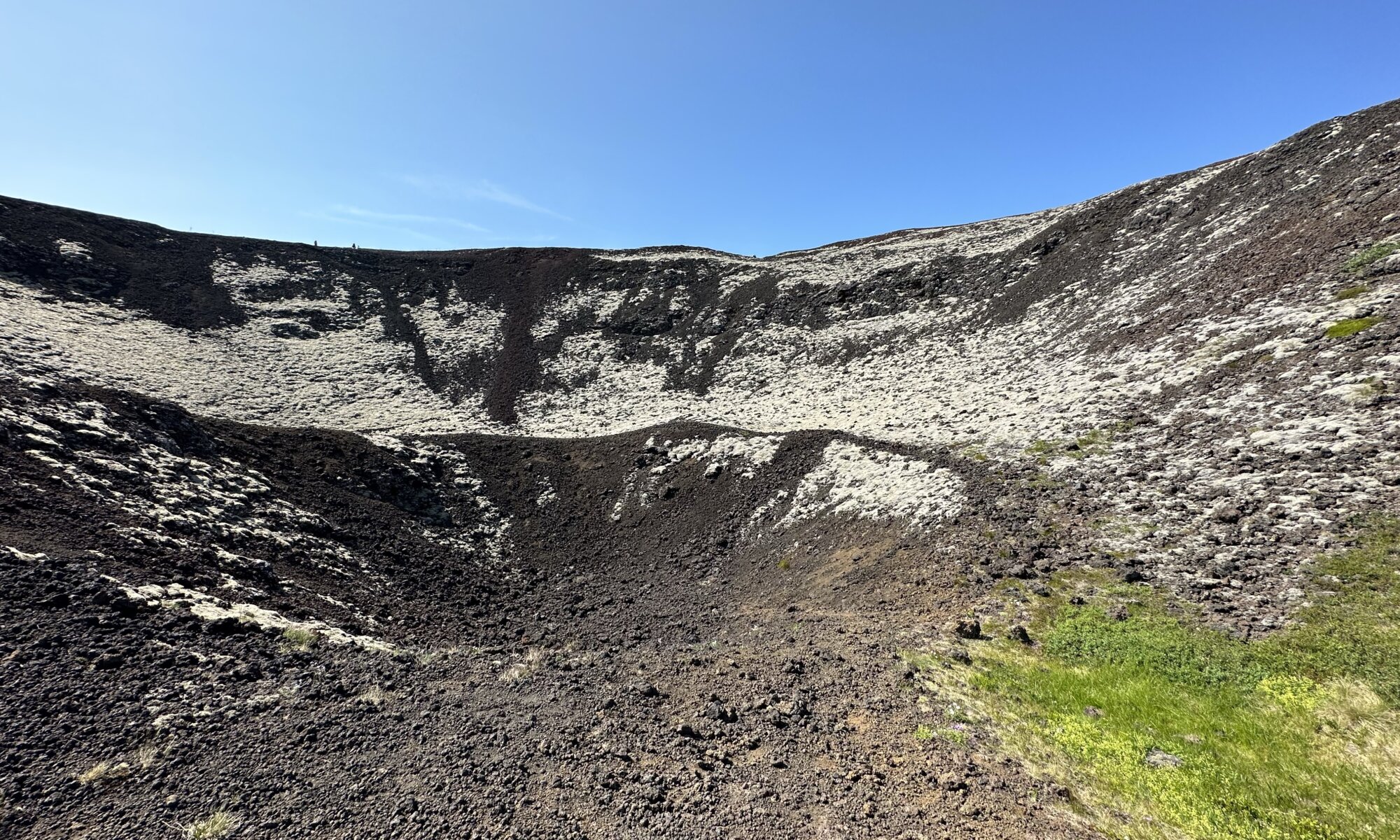Everyone who has ever travelled by highspeed train to Berlin knows Spandau: It is the last stop before you reach Berlin Hauptbahnhof. Not too many tourists leave the train there, but there would be a good reason: the city has one of the oldest fortresses of the high renaissance period, the Zitadelle Spandau. It is located in the northeast of the historic city center within river Havel.
Continue reading “Zitadelle Spandau”Abstract algebra
Amalie Emmy Noether is probably the most important woman in the history of mathematics and left a strong footprint in modern algebra. She did so facing strong resistance caused by the fact that she was a woman, Jewish, and on the left politically. Emmy Noether was born at Erlangen in 1882 and started her studies at Göttingen. She returned to Erlangen after one semester until she received her PhD in mathematics there.
Continue reading “Abstract algebra”Oppenheimer
When in 2023 Christopher Nolans movie Oppenheimer came to cinemas worldwide the history of Julius Robert Oppenheimer also came back to focus. How should he be remembered? As a genius physicist? Or is the leader of the Manhattan project and creator of the first atomic bomb, the destroyer of the worlds (a quote from the Bhagavad Gita), responsible for the death of so many people at Hiroshima and Nagasaki? Or did he save many lives by helping to end World War II (as he stated himself); at a point in time when Nazi Germany already had surrendered? A question also relevant for the city of Göttingen, as Oppenheimer was living and working there for some time.
Continue reading “Oppenheimer”Rosengarten
The Rosengarten (rose garden) of Göttingen is a forgotten place close to the new town hall building and the city center, just behind the Wallanlagen. Some people might walk from the Cheltenhampark via the Albanifriedhof to the Rosengarten and discover lots of beautiful roses there – but it is typically not a place you’re visiting on purpose. Younger citizens might remember that school’s out parties where once celebrated there, others might have been at this place because it is the schoolyard of the Bonifatiusschule.
Continue reading “Rosengarten”Land of fire and ice
Iceland is a beautiful country best to be explored on a road trip. If offers magnificent everchanging landscapes and a weather that can switch between heavy rain and bright sunshine within minutes. It is an island far in the north on which you should dress according to the onion principle as temperatures can very between eight and 26 degrees within a distance of 50 kilometers. And you need to prepare for either extremely long or short days; during my stay the sun went down shortly before midnight and came up at three o’clock in the morning – but it was never really dark at night.
Continue reading “Land of fire and ice”Sky Lagoon
When you’re at Reykjavík and searching for the right spa to relax you have a tough choice to make. You can drive by car to the Reykjanes peninsula and visit the famous blue lagoon (Bláa Lónið). They market it as one of the wonders of the world, but actually it is just a (beautiful!) lake in a volcanic environment filled with water from a geothermic plant. If you want to skip this often overcrowded place you should have a look at the sky lagoon directly in the capital city. It was opened in 2021 and is located directly at the shore.
Continue reading “Sky Lagoon”Phalluses
Don’t call it a penis museum. Yes, it contains a very large phallological collection and the museum doesn’t take itself too serious – but the museum has a scientific background and is not like this special museum at Amsterdam visited by giggling teens. The museum presents 284 phalluses and aims to have one from every mammal living on Iceland. They’re struggling a bit with conserving a human one in good shape, but they’ll probably solve this issue.
Continue reading “Phalluses”Hvalfjarðargöng
When you’re travelling from Akureyri to Reykjavík or vice versa you need to pass the Hvalfjarðargöng, an impressive road tunnel under the Hvalfjörður that is nearly six kilometers long. It feels like being shaped as a giant V with a maximum inclination of 8.1 %. Until it was opened you had to go be cay around the fiord making the trip 50 kilometers longer. That’s why there was a ferry boat connection from the harbor of Reykjavík to Akranes.
Continue reading “Hvalfjarðargöng”Glanni
Ready for a last waterfall before returning to the capital city of Iceland? The Glanni is a smaller waterfall close to Bifröst. After leaving the ring road you’ll discover a parking area and a short walk will bring you to a viewing platform close to the waters. If you don’t only want to look from up above a tiny path leads you through the forest down to the water.
Continue reading “Glanni”Volcano climbing
Shortly before reaching the village Bifröst on the ring road of Iceland you’ll see the high Grábrók crater next to the road. It is an excellent opportunity for a rest as the former volcano is part of a nature protection zone and nice wooden steps lead you up into the crater. Well, it is a bit painful but it looks more horrible than it really is – and the views on the area are beautiful from up there.
Continue reading “Volcano climbing”